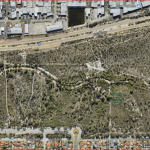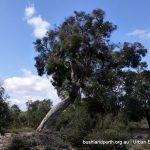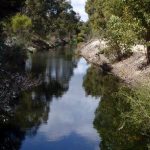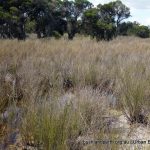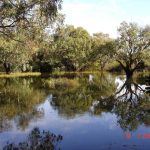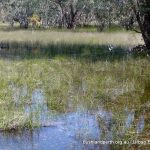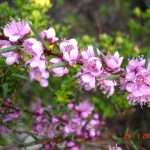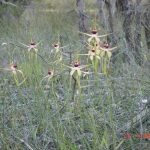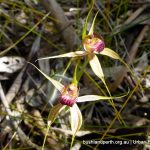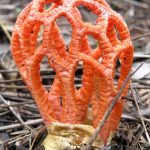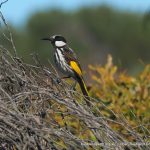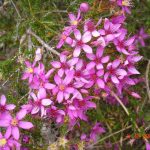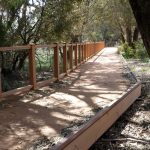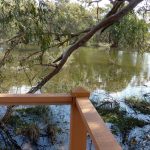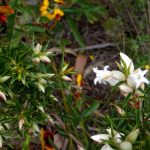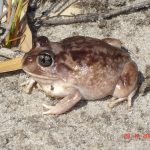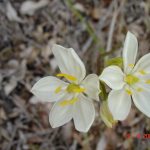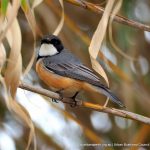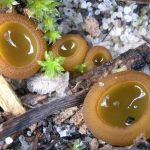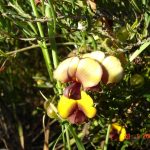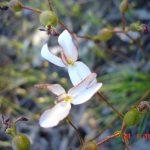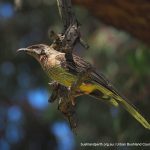Lightning Swamp Bushland
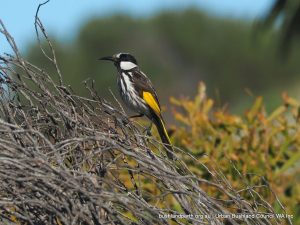
Lightning Swamp is one of a number of major reserves located on the Bassendean Dune system north of Perth. It is 70 hectares in size; an A class reserve, located 11 km NE of Perth between Malaga Drive and Reid Highway in Noranda with best access via Matthews Close.
It contains a range of mixed bushland communities and is representative of the natural environment that once covered the Swan Coastal Plain before urban development cleared vast tracts of Perth’s bushland.
LSB holds a diverse mixture of plant communities occur from winter-wet swamplands of Eucalyptus rudis and Melaleuca communities, areas of Corymbia calophylla forest, to upland sites containing Banksia ilicifolia and B.menziesii woodlands.
More than 180 flora species have been identified including two priority flora (Macarthuria apetala, Jacksonia sericea) and a declared rare flora (Caladenia huegelii).
The bushland provides habitat to over 125 native fauna and avian species. A number of regional migratory birds, including the threatened Carnaby’s Cockatoo, visit this bushland corridor due to its healthy and diverse vegetation.
Lightning Swamp comprises a seasonal wetland, damplands and a perched wetland which support a higher diversity of aquatic and fringing vegetation in comparison to permanent wetlands. The site provides habitat to at least seven endemic frog species within the wetlands and riparian zones.
The Wetlands
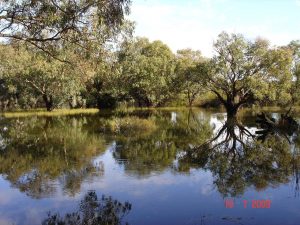
Lightning Swamp has several main water bodies lying across the site. These dry over summer. See map.
The perched wetland in the north east is in good condition. It tends to be damp all year round due to its peaty clay base with poor hydraulic conductivity. Perched wetlands such as this (i.e. wetlands not connected to the ground water) are relatively rare on the Swan Coastal Plain.
The western wetland is shallow and its gradual slope has lead to the growth of fringing vegetation. The Wonga Road Main Drain traverses the site west to east.
Plant Communities
Lightning Swamp contains six distinct plant communities, giving the reserve a richly varied structure. See map.
Zone 1: Flooded Gum Seasonal Wetlands.
The eastern seasonal wetland dominates this zone.
Flooded Gum (Eucalyptus rudis) and Moonah (Melaleuca preissiana) are the dominant tree species with the Christmas Tree (Nuytsia floribunda) also occurring in the region.
Woollybush (Adenanthos cygnorum), Regelia ciliata and Balga – (Xanthorrhoea preissii) dominate the shrub layer.
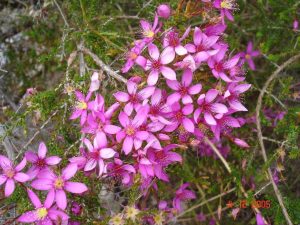
Zone 2: Banksia Woodlands
This area is typical of many Banksia woodlands of the Bassendean sands. It contains declared rare flora.
The key trees are Firewood Banksia (Banksia menziesii), Candlestick Banksia (B. attenuata), Hollyleaf Banksia (B ilicifolia), Christmas tree (Nuytsia floribunda) and Prickly Bark (Eucalyptus todtiana).
Zone 3: Perched Wetland
The perched wetland in the north-east corner is surrounded by banksia woodland.
This zone is in good condition. Species such as Baumea articulata and Baumea arthrophylla dominate with Moonah (Melaleuca preissiana) forming part of the littoral community.
Zone 4: Banksia Ridge
This is a transition zone between the banksia woodlands and the two seasonal wetlands. Its dominant flora are Marri (Corymbia calophylla), Moonah (M. preissiana) and the Common Sheoak (Allocasuarina fraseriana).
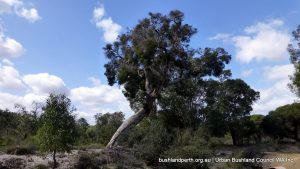
Zone 5: Moonah – Hollyleaf Banksia Seasonal Wetland
The wetland in this zone is in excellent condition. Terrestrial plants include Moonah (M. preissiana), Marri (C. calophylla), Hollyleaf Banksia (B. littoralis), and shrubs of Hibbertia sp, Balga (Xanthorrhoea preissii), Purple Flags (Patersonia occidentalis), Woolly bushes (Adenathos sp.) and Fan Flower (Scaevola repens).
Zone 6: Moonah Transitional Wetland
This area is similar to zones 1 and 4. It is generally dominated by Moonah, Marri, Hollyleaf Banksia and Nuytsia floribunda. The water tolerant species (M. preissiana, B. littoralis) are interspersed with woodland species. A shrub layer of White Myrtle (Hypocalymma angustifolium), Balga and Purple Flags form a mixed understorey.
Birdlife at Lightning Swamp
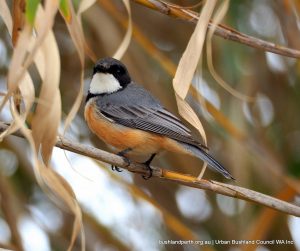
The Lighning Swamp wetlands attract a large number of waterbirds, whilst the banksia woodland, heathland and riparian fringe of the wetlands provides an ideal habitat for a large complement of bush birds. Endangered Black Cockatoos are often sighted feeding and roosting in banksias and Flooded Gums.
The ephemeral swamps, with their inundated thickets, act as important roosting and nesting sites for waterbirds such as the Eurasian Coot, Purple Swamphen and Australian Wood Duck during winter. See the eBird list for this location.
Resources
Lightning Swamp Bushland is a Bush Forever site.
Bush Forever Site Map Download. Bush Forever Description Download. Bush Forever Species List Download.
Source of Information
Material presented here has been adapted from Lightning Swamp Bushland Management Plan prepared by The City of Bayswater and the Friends of Lightning Swamp.

